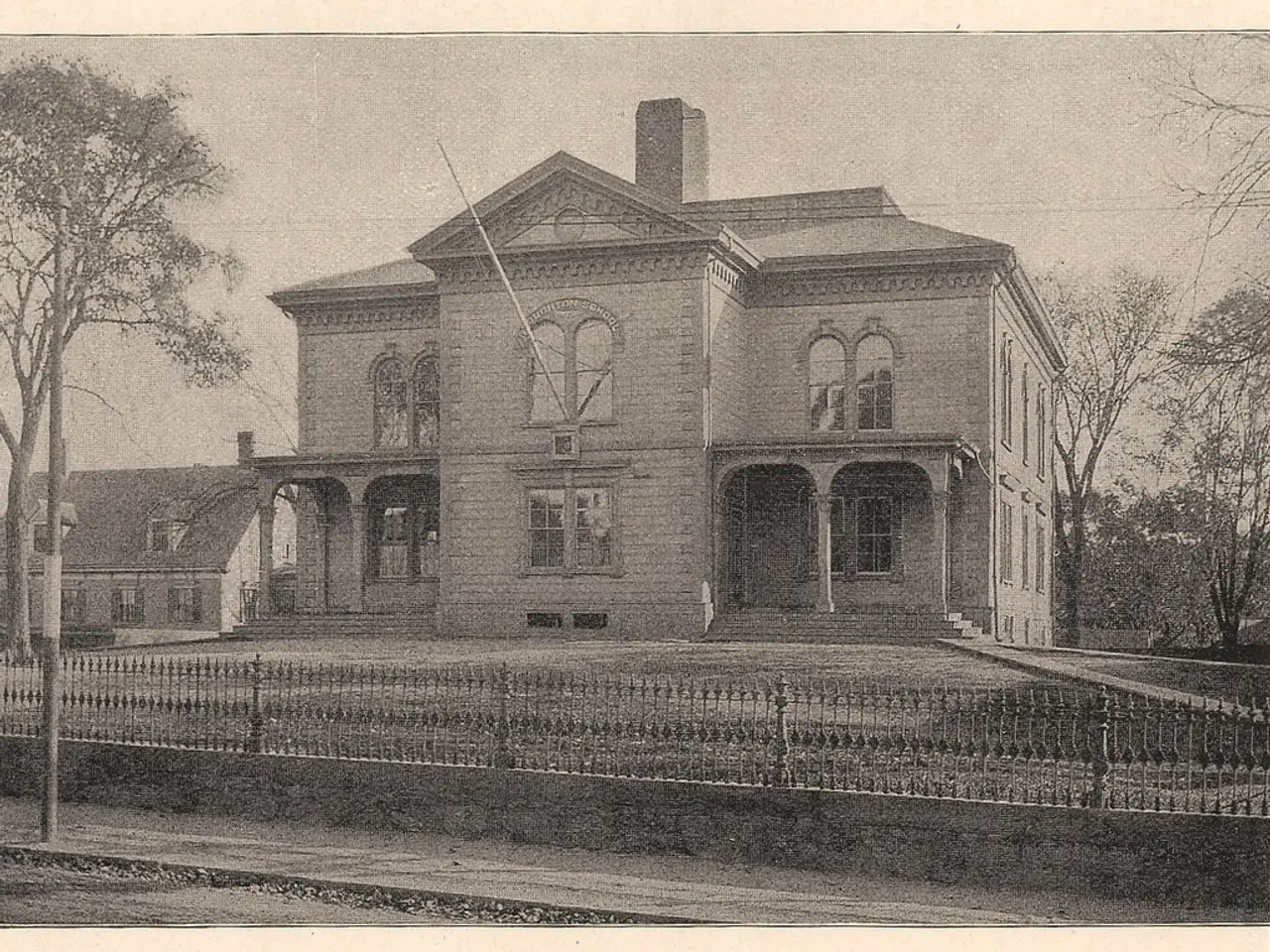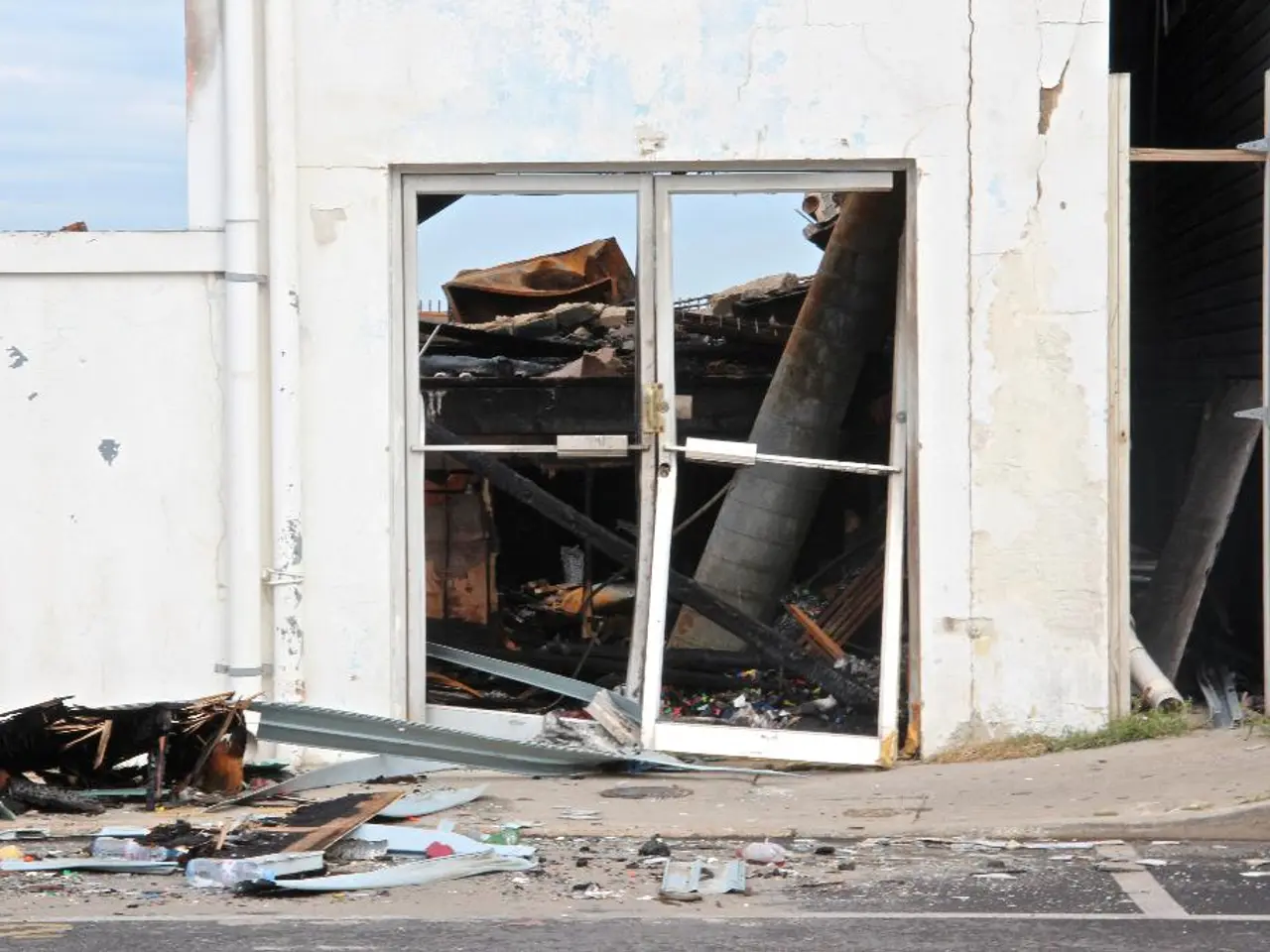Sunk Boats and Widespread Destruction: The Aftermath of the Baltic Storm Surge in Damp
18 million Euros allocated for post-storm flood safety measures in Baltic Sea regions - Large-scale monetary allocation of eighteen million euros to restore infrastructure following a storm surge in the Baltic Sea region
In the chilly October of 2023, a monstrous Baltic storm surge wreaked havoc, with water levels soaring more than two meters above the typical tide line. This catastrophe left a legacy of destruction in the quaint town of Damp, nestled within the Rendsburg-Eckernförde district.
The devastation is still palpable, with 110 of the original 365 berths struggling to cope in an emergency capacity. The storm's fury wasn't selective – 32 boats succumbed to the relentless surge, not just sinking magnificently beneath the waves but also crashing helplessly onto jetties [1].
The municipal authorities, led by buoyant Mayor Barbara Feyock, are adamant about a comprehensive rebuilding plan. With the German Press Agency by her side, she articulated the plight of the embattled harbor. The community submitted an aid request in October 2024, and the Ministry of Economics came forth with a staggering commitment of 17.9 million euros for this cause. This offering covers approximately two-thirds of the estimated total cost of 23.9 million euros [1].
Rebuilding isn't merely about returning the harbor to its original glory, but also bolstering it against future surges. The east-coastward extension of the jetty on the southern side will be instrumental in ensuring heightened resilience against future storms [1].
The ambitious vision isn't merely for survival but success. State Secretary for Economic Affairs and Tourism, Julia Carstens (CDU), eloquently expresses this sentiment. She envisions a veritable rebirth that not only restores the harbor's repute as a seaside haven but also elevates it beyond its former glory. The existing North Mole will undergo renovation, complemented by the creation of a petite hindering mole to the south. This intervention promises a more enticing prospect for tourists while also shoring up resistance to rough weather [1].
The funds aren't merely for the yacht harbor; they're for a revitalization of the entire community. Watersports, coastal holidays, cycling, and hiking trails – all formative part of Damp's allure – are envisaged to bounce back robustly. Moreover, the countless guests visiting for spa and rehabilitation treatments can look forward to resuming their retreats [1].
Yet, the road to recovery is arduous. The state's funding pledge is not a licence for immediate commencement. Regulations stipulate a tender process across Europe, adding layers of necessary complexity and time to the undertaking [1]. The targeted completion date is the end of 2027, with an optimistic 2028 boating season in mind.
Damages along the Baltic Sea coast weren't confined only to Schleswig-Holstein. Neighboring Mecklenburg-Western Pomerania suffered too, notably Sassnitz and the Fischland/Darß/Zingst peninsula. Their balance sheet recorded damages totaling 56 million euros [1].
In light of the devastating Baltic storm surge, opportunities for enhanced vocational training could be leveraged in Damp's rebuilding process. For instance, environmental-science-focused training programs could be established to monitor and predict weather patterns, ensuring the harbor and surrounding areas are better prepared for future environmental disasters.
Moreover, the revitalization of Damp extends beyond the yacht harbor; it encompasses vocational training in various sectors like hospitality, tourism, and water sports, helping to reinforce the town's appeal and promote sustainable growth in the EU.








